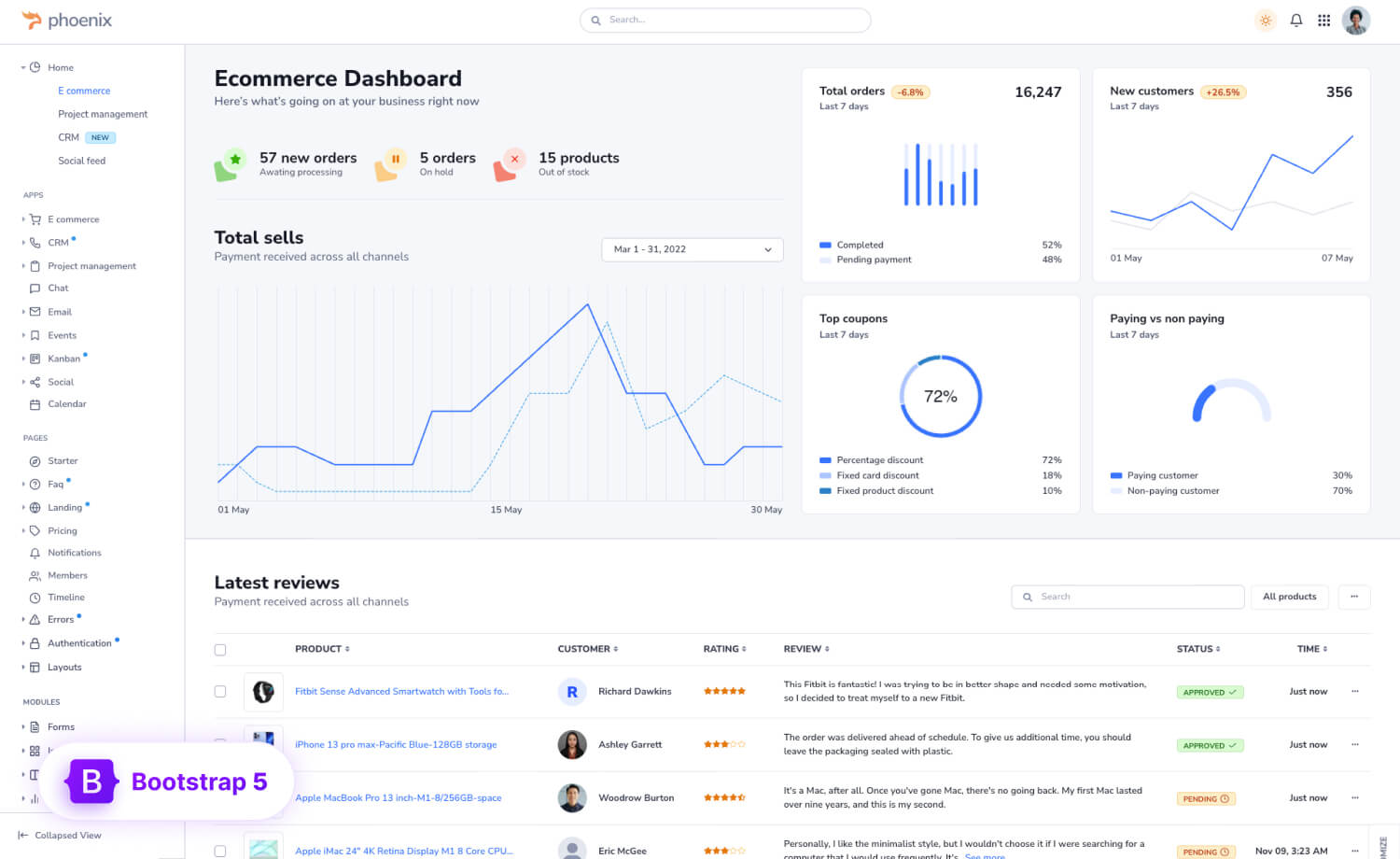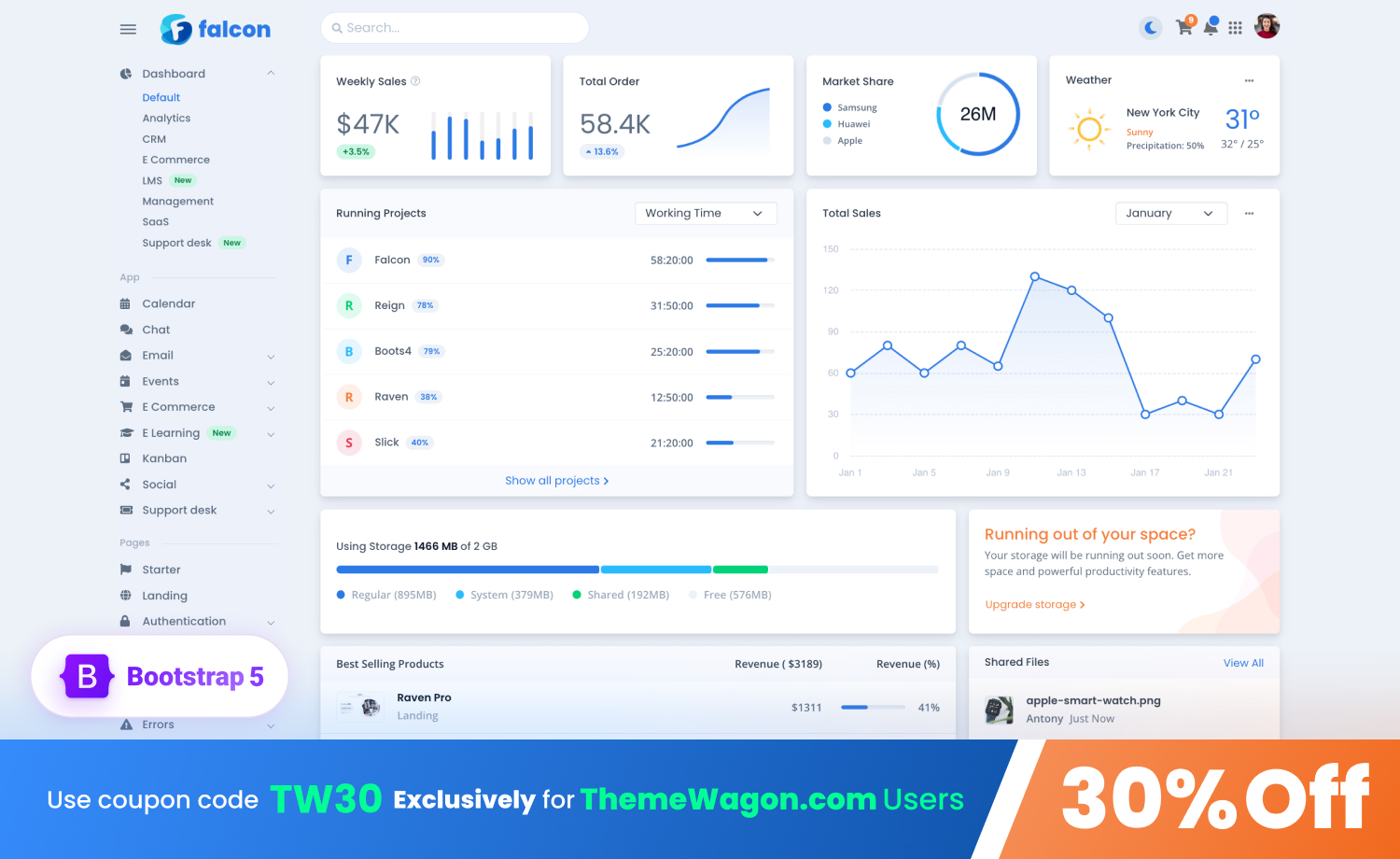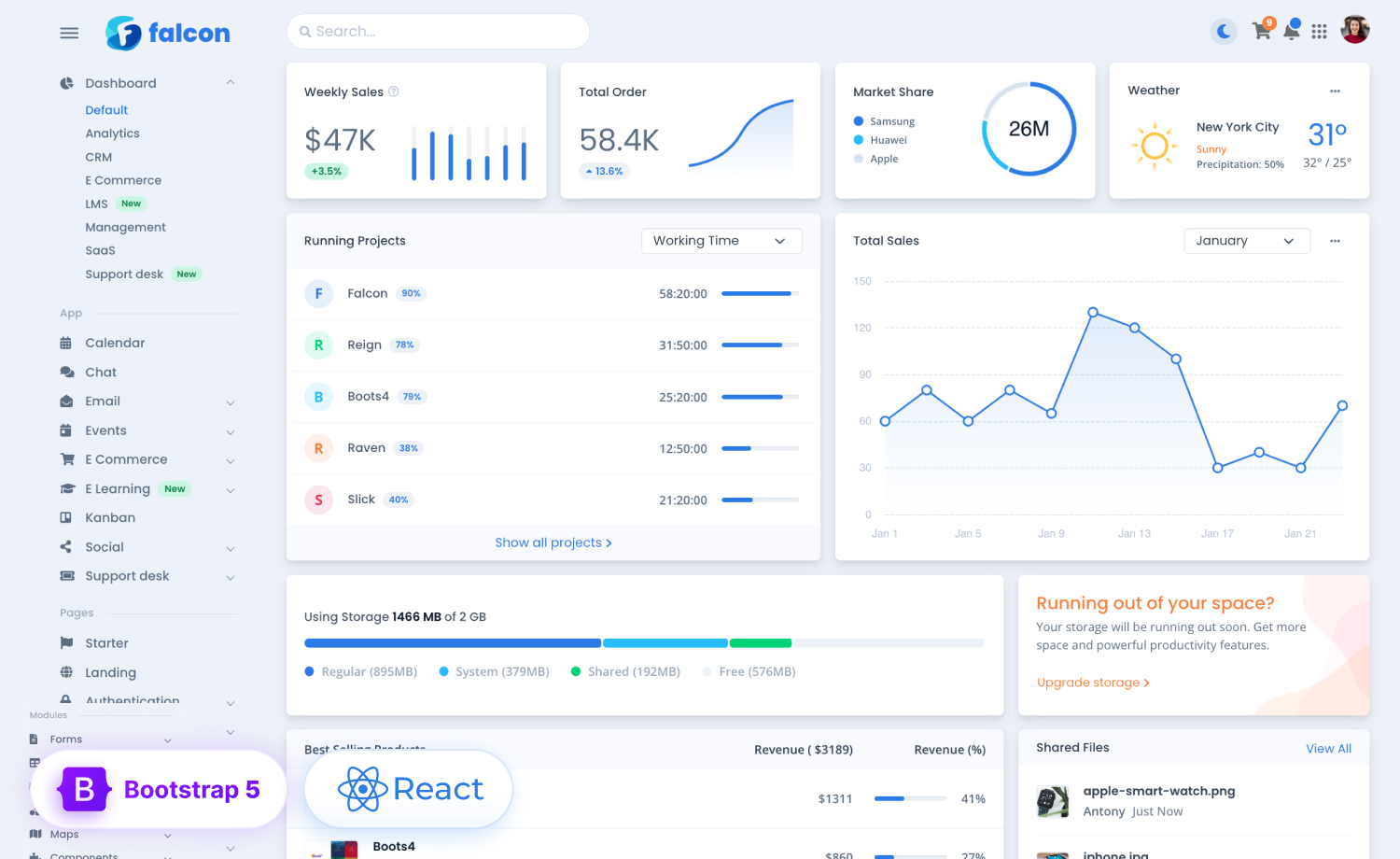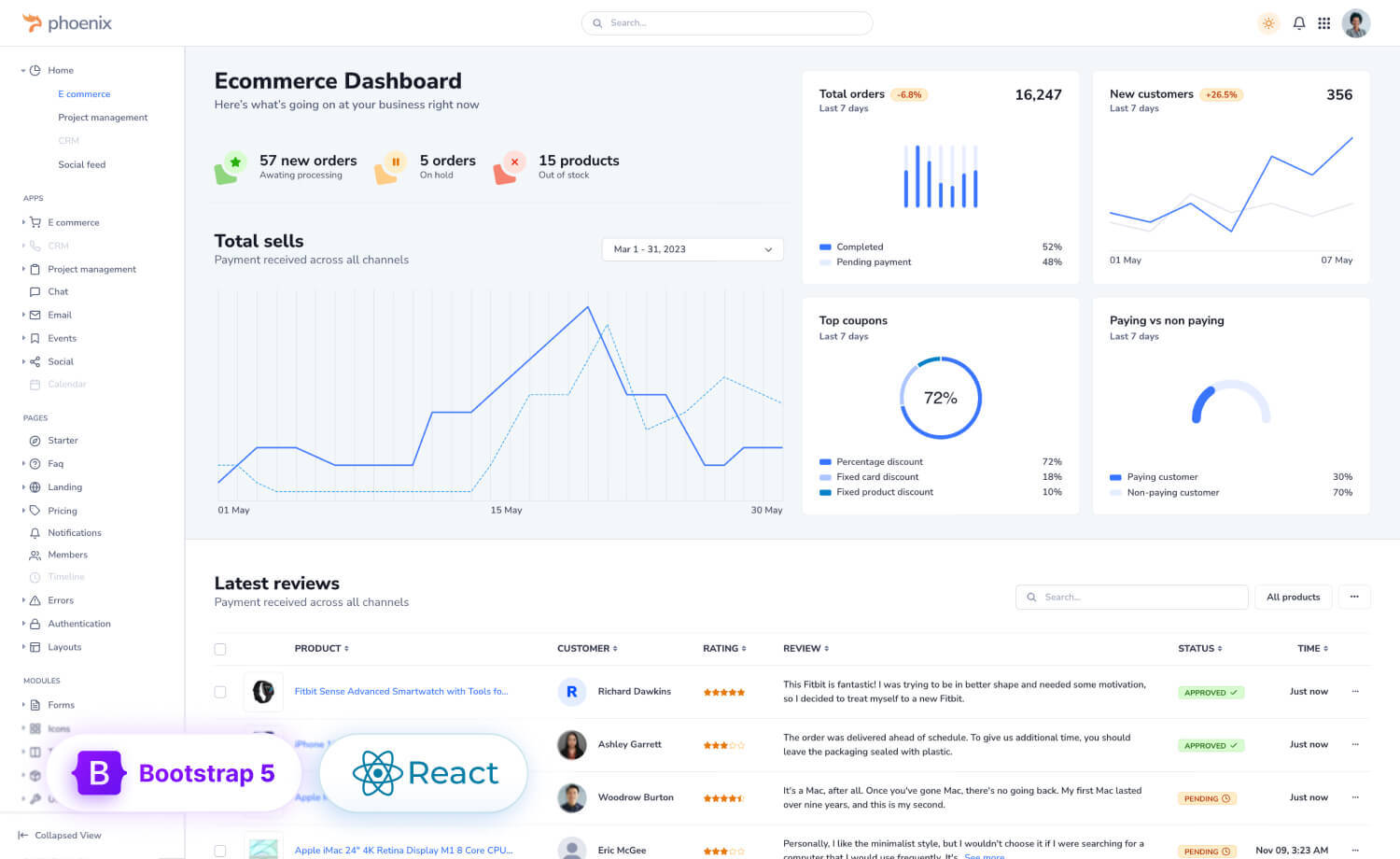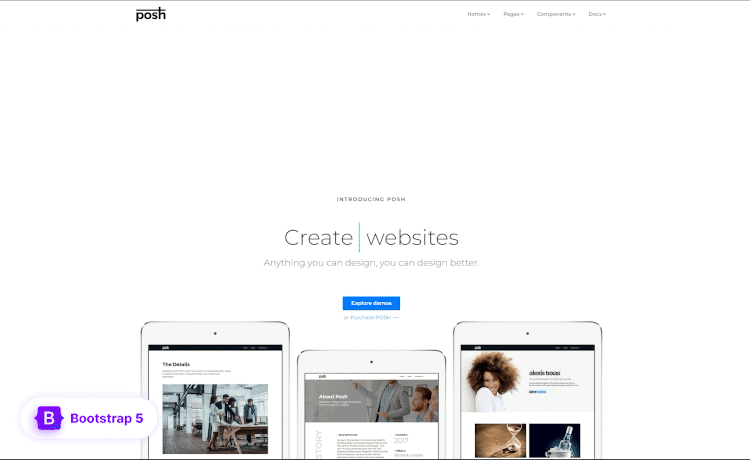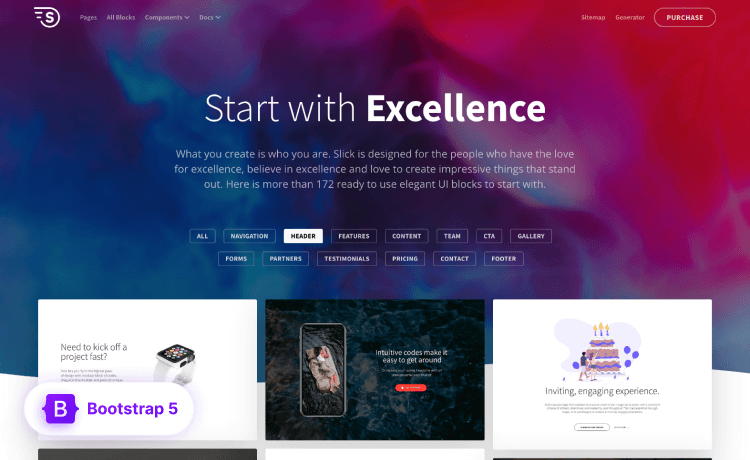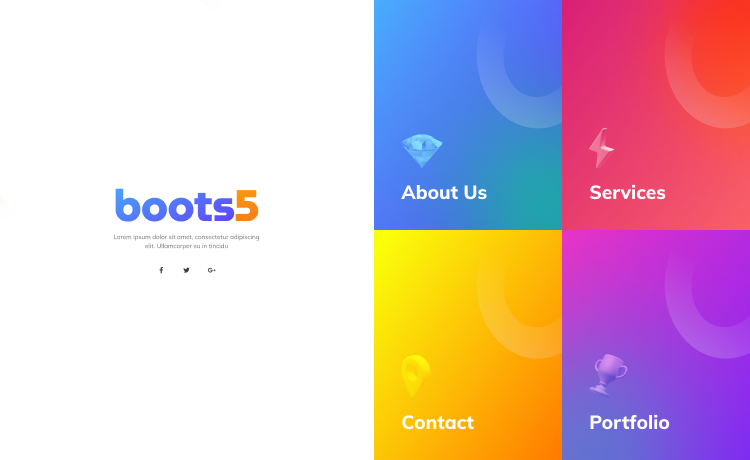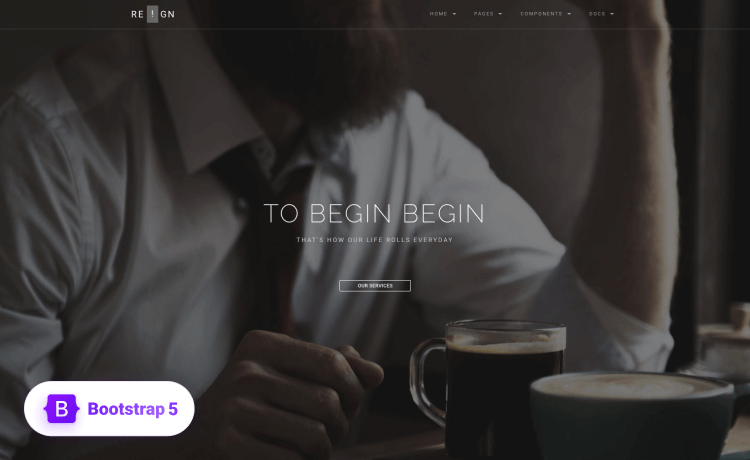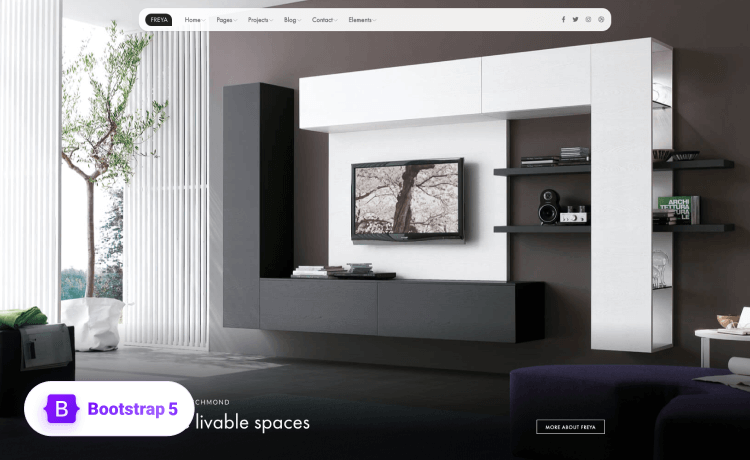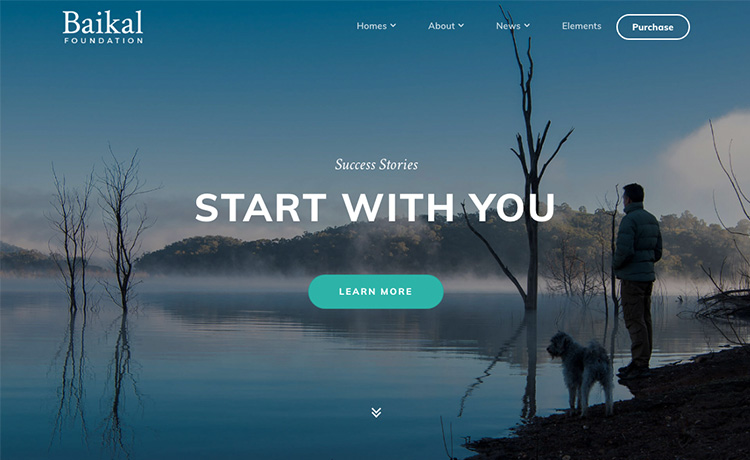In today’s digital age, having a strong online presence is crucial for any business, especially in the e-commerce industry. With the growing popularity of online shopping, it is becoming increasingly important for e-commerce websites to establish trust with their customers. Trust is the foundation of any successful business relationship, and this is particularly true in e-commerce where customers need to feel secure when sharing their personal and financial information online.
Josh Pelletier, Chief Marketing Officer at BarBend explains in an email interview, “One effective way to build trust with customers is through website design. A well-designed website can convey professionalism, security, and reliability to customers, making them more likely to trust the brand and make a purchase.”
This is where website themes come into play.
Website themes are pre-designed templates that can be used to create a website without having to start from scratch. These themes can include a variety of features such as layout, colors, fonts, and functionality, and can be customized to suit a business’s specific needs.
Sumeer Kaur, CEO of Lashkaraa.com explains, “Our E-commerce website drives almost 100k and I think WordPress themes including e-commerce plays a significant role in building trust with customers.”
In this blog post, we will explore the power of website themes in e-commerce and how they can be used to build trust with customers. We will examine the importance of trust in e-commerce, the key ways website themes can help build trust, popular e-commerce website themes, and tips for choosing the right website theme.
Importance of Trust in E-Commerce
Trust is the foundation of any successful business relationship, and this is especially true in the e-commerce industry. When customers shop online, they are entrusting their personal and financial information to the e-commerce website. If they do not feel confident that their information is secure, they will not make a purchase, and they may even share their negative experience with others. This can result in a significant loss of revenue for the e-commerce business.
In addition to security concerns, trust is also essential for customers when it comes to the quality of the products or services offered by the e-commerce website. Customers need to trust that the products or services they receive will match the descriptions and meet their expectations. A lack of trust in the quality of the products or services offered can lead to negative reviews, reduced customer loyalty, and ultimately, a decline in sales.
Alison Lancaster, CEO at Pressat explains, “When customers trust an e-commerce website, they are more likely to make a purchase and share their positive experience with others. This can result in increased brand loyalty, positive reviews, and ultimately, more revenue for the e-commerce business.”
One real-world example of the importance of trust in e-commerce is Amazon. Amazon is known for its exceptional customer service, fast and reliable shipping, and high-quality products. As a result, customers trust Amazon, and it has become one of the most successful e-commerce businesses in the world. In contrast, other e-commerce businesses that have faced security breaches or quality control issues have lost the trust of their customers and struggled to stay afloat.
How Website Themes Can Build Trust?
Website themes play a significant role in building trust with customers in the e-commerce industry. A well-designed website can convey professionalism, security, and reliability to customers, making them more likely to trust the brand and make a purchase.
Here are some ways website themes can help build trust:
Design Consistency
One of the most important ways that website themes can build trust with your customers is through design consistency. Consistency in design is crucial because it helps your customers understand your brand and what you stand for. When your website has a consistent design, it makes it easier for your customers to navigate and find the information they need, which can build trust and confidence in your business.
For example, if your logo, fonts, and color scheme are consistent across your website, it creates a cohesive and professional look that can make your brand more memorable and trustworthy. On the other hand, if your website design is inconsistent and chaotic, it can create confusion and mistrust among your customers, which can lead to lost sales and a damaged reputation.
Tom Miller, Director of Marketing at FitnessVolt, suggests “When your website looks polished and well-designed, it signals to your customers that you take your business seriously and care about the quality of your products and services. This can help to build trust and confidence in your brand, which can ultimately lead to more sales and repeat business.”
To ensure design consistency in your website theme, consider choosing a theme that has pre-designed templates or styles for your website’s pages, such as your homepage, product pages, and checkout page. This can help you maintain a consistent look and feel throughout your website, which can help build trust and credibility with your customers.
Professionalism
In addition to design consistency, website themes can also build trust with your customers by creating a sense of professionalism. A professional-looking website signals to your customers that you take your business seriously and that you are committed to providing quality products and services.
When asked Mark Valderrama, CEO and co-founder of Aquarium Store Depot, he said “A professional website theme typically includes features such as a clean and organized layout, high-quality images, easy-to-read fonts, and a clear navigation menu. These elements can help your customers quickly find the information they need and create a positive impression of your brand.”
For example, imagine you’re shopping for a new laptop online. You come across two websites selling the same laptop at the same price. One website has a clean and professional design, with clear product images and easy-to-read information about the laptop’s features. The other website is cluttered and disorganized, with blurry images and confusing product descriptions.
Which website are you more likely to trust and purchase from? Most likely, the one with the professional design.
Douglas McShane, Operations Director at Sheffield First Aid Courses, “A professional website theme can also help you establish credibility with your customers. By showcasing your products and services in a professional manner, you can demonstrate your expertise in your industry and build trust with your customers.”
To ensure a professional look and feel for your website, consider choosing a theme that is specifically designed for e-commerce businesses. These themes typically have features such as built-in product pages, shopping carts, and checkout pages that are optimized for sales. Additionally, they often include pre-designed templates and styles that can help you create a professional-looking website without needing design expertise.
Security
Website security is a top priority for any e-commerce business. Customers need to know that their personal and financial information is safe when making purchases online. A website theme can help build trust with customers by including security features that protect their data.
David Martinez, VP Enterprise & OEM Accounts at Cybernetman.com adds, “One important security feature to look for in a website theme is an SSL certificate. SSL stands for Secure Sockets Layer, and it is a protocol for encrypting data that is transmitted between a website and a user’s browser.”
A website with an SSL certificate will display a padlock icon in the browser address bar, indicating that the connection is secure. This can help reassure customers that their personal and financial information is protected.
Another security feature to consider is two-factor authentication. This is a method of authentication that requires users to provide two forms of identification in order to access their accounts. For example, a user might need to enter a password and then provide a code that is sent to their mobile device. Two-factor authentication can help prevent unauthorized access to customer accounts and protect sensitive information.
Matthew Smith, SEO Expert at Invicta Environmental adds, “Our Pest control website include security features that help protect against fraud, such as automated fraud detection and prevention systems on our website. These systems helps identify and block fraudulent transactions before they are processed, helping to protect both the business and the customer.”
User-friendliness
User-friendliness is an important factor in building trust with customers. A website that is easy to use and navigate can help customers feel more comfortable making purchases and returning to the site in the future. A website theme can contribute to user-friendliness by including intuitive design elements and navigation features.
One important design element to consider is the placement of key information on the website. Customers should be able to easily find important information such as product descriptions, pricing, and shipping information.
Bruce Mohr, Vice-President at Fair Credit explains, “A well-designed website theme will feature prominent placement of these important elements, making it easy for customers to find what they need.”
Navigation features are also important for user-friendliness. A website theme should include a clear and easy-to-use navigation menu that allows customers to quickly and easily find the information or products they are looking for. Additionally, features such as search bars and filters can help customers refine their search results and find exactly what they need.
According to Richard Kennedy, Managing Director at Arken Digital, “Mobile-friendliness is another important aspect of user-friendliness. With more and more customers using their mobile devices to make purchases online, a website theme that is optimized for mobile devices can help build trust with these customers.”
A mobile-friendly website theme should include a responsive design that adjusts to different screen sizes and mobile-friendly navigation features.
Accessibility
Building trust with customers also means ensuring that everyone, regardless of their abilities, can access and use your website. Website themes can contribute to accessibility by including design elements that make it easier for people with disabilities to navigate and use the site.Building trust with customers also means ensuring that everyone, regardless of their abilities, can access and use your website. Website themes can contribute to accessibility by including design elements that make it easier for people with disabilities to navigate and use the site.
One important aspect of accessibility is ensuring that your website is compatible with assistive technologies such as screen readers and braille displays. A website theme that is designed with accessibility in mind will include proper labeling of buttons and links, clear and concise language, and alternative text for images. This can help people with visual impairments, cognitive disabilities, and other disabilities use the website with ease.
Another aspect of accessibility to consider is the use of color contrast. A website theme should use colors that provide high contrast between foreground and background elements, making it easier for people with visual impairments to read and navigate the site. Additionally, a website theme should allow for font resizing, so that users can adjust the font size to their needs.
One real-world example of a website theme that has helped build trust with customers is the Shopify theme, “Minimal.” This theme is designed to be simple, clean, and easy to navigate, which can help build trust with customers. Additionally, the theme includes features such as SSL support and responsive design, which emphasize the security and accessibility of the website.
Eric Dalius, Executive Chairman of MuzicSwipe, adds “A consistent design, professionalism, security features, user-friendliness, and accessibility can all contribute to a website that customers trust and feel confident in making a purchase. When choosing a website theme, it’s essential to consider these factors to ensure that the theme helps build trust with customers and improves the overall e-commerce experience.”
Top 5 Expert Tips for Choosing the Right Website Theme
Choosing the right website theme is one of the most important decisions you’ll make when it comes to building a successful e-commerce business. A website theme can impact your brand image, user experience, and conversion rates. In this section, we’ll provide you with some tips on how to choose the right website theme for your e-commerce business, so you can build a professional and trustworthy online store that attracts and retains customers.
Consider your Brand Identity
Your website should reflect your brand identity, so it’s important to choose a theme that aligns with your brand values and aesthetic. Think about your brand colors, typography, and overall style when choosing a website theme, advises Claire Walker, Chief Human Resources Officer at View Auckland.
Look for Customization Options
A customizable website theme allows you to tailor your website to your specific needs and preferences. Look for a theme that offers a range of customization options such as color schemes, layout options, and module customization, advises Julio Gomez, Digital Marketing Expert at Raider Painting.
Prioritize Mobile Responsiveness
With more and more people using mobile devices to browse the internet, it’s important to choose a website theme that is mobile-responsive. This means that your website will look and function well on a variety of different screen sizes and devices, advises Max Whiteside, SEO and Content Lead at Breaking Muscle.
Check for SEO Optimization
SEO is crucial when it comes to driving traffic to your e-commerce website. Look for a website theme that is optimized for search engines, with features such as clean code, fast page load times, and optimized meta tags, advises Jessica Shee, Digital Marketing Expert at iBoysoft.
Consider User Experience
A website theme that prioritizes user experience can help improve conversion rates and encourage repeat business. Look for a theme with features such as intuitive navigation, easy-to-use product pages, and a streamlined checkout process, advises Mike Miller, Research Director at AQUTE.
By considering these factors, you can choose a website theme that not only looks great but also helps you build trust with your customers and drive sales. Don’t be afraid to explore different website themes and take the time to find the one that’s right for your e-commerce business.
Conclusion
Choosing the right website theme can make all the difference when it comes to building trust with your customers and driving sales. By prioritizing factors such as brand identity, customization options, mobile responsiveness, SEO optimization, AI Chatbots and user experience, you can choose a website theme that not only looks great but also helps you build a strong and loyal customer base. With the right website theme, you can create a professional and trustworthy e-commerce website that stands out from the competition and helps you achieve your business goals. So take the time to explore different website themes and find the one that’s right for your e-commerce business, and watch your online store grow and thrive.
